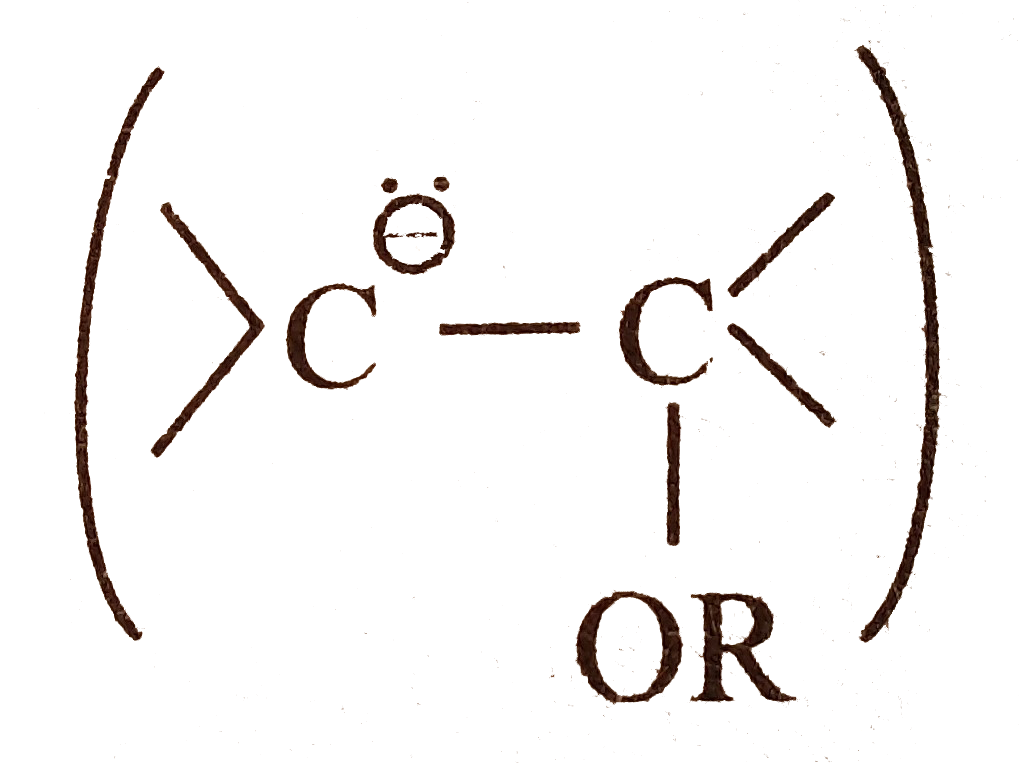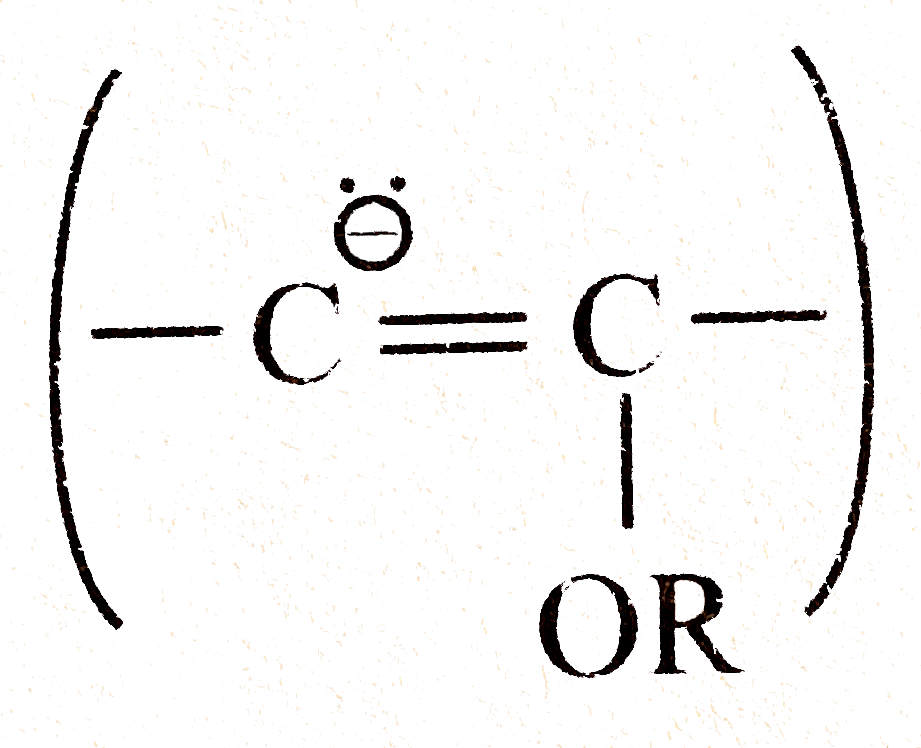
Which of the statements are correct about the reactivities of alkene, alkynes, and arenes?
(a) Ring (A) is more strained due to full double bond and is less stable than ring (B). Moreover, C atoms in ring (A) have more s character than those in ring (B), further making it less stable than ring (B). Hence, alkenes are more reactive towards EA reaction.
(b) EN of sp-hybridised C atom of alkynes is greater than sp2-hybridised C atom of alkenes, which holds the π electrons of alkynes more tightly. Moreover, there is a greater delocalisation of π electrons (due to cylindrical nature) in alkynes than in alkenes. In alkenes, π¯e's are less easily available for EA reactions than those in alkynes. So alkynes are less reactive than alkenes towards EA reactions.
(c) In alkynes, because of the cylindrical nature of their π-bonds, approach by hydrogen along the axis of cylinder is more effective. Thus the transition state in alkynes is less strained. So alkynes react faster than alkenes with H2.
(d) Arenes are more reactive towards EA reaction than alkenes and alkynes due to delocalisation of their π¯e's.
The correct Answer is:A, B, C
Step by step video, text & image solution for Which of the statements are correct about the reactivities of alkene, alkynes, and arenes? by Chemistry experts to help you in doubts & scoring excellent marks in Class 11 exams.
Topper's Solved these Questions
- BOOK - CENGAGE CHEMISTRYCHAPTER - ALKYNESEXERCISE - Exercises (Single Correct Answers Type)30videos
ALKYNES
- BOOK - CENGAGE CHEMISTRYCHAPTER - ALKYNESEXERCISE - Exercises (Archives - Single Correct Answer Type)6videos
ALKYNES
- BOOK - CENGAGE CHEMISTRYCHAPTER - ALKYNESEXERCISE - Exercises (Linked Comprehension Type)51videos
ALKYNES
- BOOK - CENGAGE CHEMISTRYCHAPTER - ALKENES AND ALKADIENESEXERCISE - Single correct Answer14videos
ALKENES AND ALKADIENES
- BOOK - CENGAGE CHEMISTRYCHAPTER - APPENDIX - INORGANIC VOLUME 1EXERCISE - chapter-7 Single correct answer1videos
APPENDIX - INORGANIC VOLUME 1
Similar Questions
Knowledge Check
- Question 1 - Select One
Alkenes and alkynes are
ASaturated aliphatic hydrocarbonsBUnsaturated aliphatic hydrocarbonsCUnsaturated aromatic hydrocarbonsDCyclic hydrocarbons - Question 2 - Select One
Which of the followig statements are correct about the reactivities of (I)n− propyl chloride and (II) allyl chloride.
ARate of SN1 reaction of (I)>(II)BRate of SN1 reaction of (II)>(I)CRate of SN2 reaction of (I)>(II)DRate of SN2 reaction of (II)>(I) - Question 3 - Select One
Which of the statements are WRONG about the nucleophilic addition reaction of alkenes and alkynes?
AAddition of nucleophile (RӨO) to alkene gives an alkyl carbanion whose negative charge is on the sp3-hydridised C atom.BAddition of nucleophile (RӨO) ot an alkyne gives a vinyl carbanion
whose negative charge is on the sp3-hydridised C atom.BAddition of nucleophile (RӨO) ot an alkyne gives a vinyl carbanion whose negative charge is on the sp2-hybridised C atom. Due to more s character, it is readily formed and more stable than alkyl carbanion formed with alkenes. So alkynes are more reactive than alkenes towards NA reaction.CStrong electron-withdrawing inductive effect (−I) further stabilises both vinyl and alkyl carbanion.DStrong electron-donating inductive effect (+I) further stabilises both vinyl and alkyl carbanion.
whose negative charge is on the sp2-hybridised C atom. Due to more s character, it is readily formed and more stable than alkyl carbanion formed with alkenes. So alkynes are more reactive than alkenes towards NA reaction.CStrong electron-withdrawing inductive effect (−I) further stabilises both vinyl and alkyl carbanion.DStrong electron-donating inductive effect (+I) further stabilises both vinyl and alkyl carbanion.
Which of the following is correct order about reactivity ?
View SolutionThe trans-alkenes are formed by the reduction of alkynes with
View SolutionThe trans-alkenes are formed by the reduction of alkynes with
View SolutionThe trans-alkenes are formed by the reduction of alkynes with
View SolutionThe trans-alkenes are formed by the reduction of alkynes with :
View Solution


